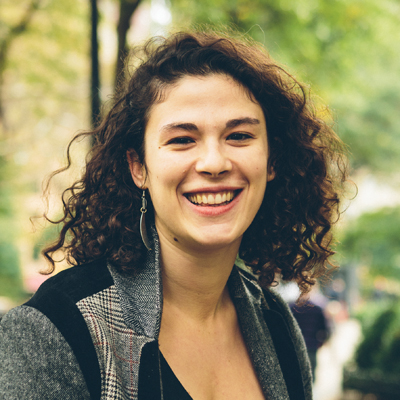The Millennial Revolution: We Want to Create
I told him, as kindly as I could, that it was his fault.
My generation creates because of what our parents taught us: What we think and feel matters enough to matter to others. We create because we came of age with the Internet and found ourselves at 17 or 18 or 19 craving some living, breathing community—some way for real humans to come together in real time and make something unique.
And in Philly, we create because we can.
Mark McCloughan helped found No Face Performance Group, a collaborative theater ensemble that started in Fishtown three years ago. Why Philly? “It’s cheap,” McCloughan, 25, says. “With the right job, you can work part-time here, live comfortably, and still have tons of free time to actually make stuff.”
Artists’ values have always skewed a little outside the mainstream, so it’s no surprise that millennial creative-types don’t put much stock in … well, stocks. Or upwardly mobile desk jobs. And it’s not only to do with us: Just as we entered our working years, America’s middle-class opportunities began to go away. If we can’t make much money working hard at something we hate anymore, why not make just a little less money working hard at something we love?
No Face works hard. The group has created 13 new performances at venues around the city, most of which they got for free just by talking with local organizations.
This ability to self-start is truly what sets Philly apart as an artist community. And the city is starting to love its artists back. Last spring, 27-year-old Jenna Horton was curated to show work in the FringeArts Jumpstart showcase, an opportunity offered exclusively to early-career artists. Philly’s young art institutions (like FringeArts) are establishing themselves, and they’re sharing the love. As Horton puts it, “There’s a local ecosystem … this commitment to local feel and ethos.”
Of course, locality has its downsides, especially when it comes to art. As so often happens in Philadelphia, hometown pride brings its ugly step- sibling, parochialism, to the party. In the arts world, where (as my family friend justly pointed out) connections are everything, this insularity and gritty self-reliance can get stifling. Take Horton, who in the same breath with her love of the local admits, “I wish Philly was more in dialogue on the national or international scales.”
For that matter, take me. I moved to New York City from Philly a year ago—for the network, and for the glossy internationalism. But when my New York friends ask about Philly, I tell them: “I love it. I’m moving back when I’m 35 and want a family.”
Maybe I’m not alone. The millennial baby boom? That could be when Philly’s art scene really goes global. As Horton puts it, “Artists here have houses and families. They don’t have to bust their balls on 60-plus-hour workweeks to make rent. That leaves time for life. And art, too.”
If Philly stays so enticing, maybe those of us taking our art to larger auditoriums and galleries will come back, our work and network enhanced and our fondness for Philadelphia stronger than ever.
>>Click here for more thoughts on the millennial revolution



